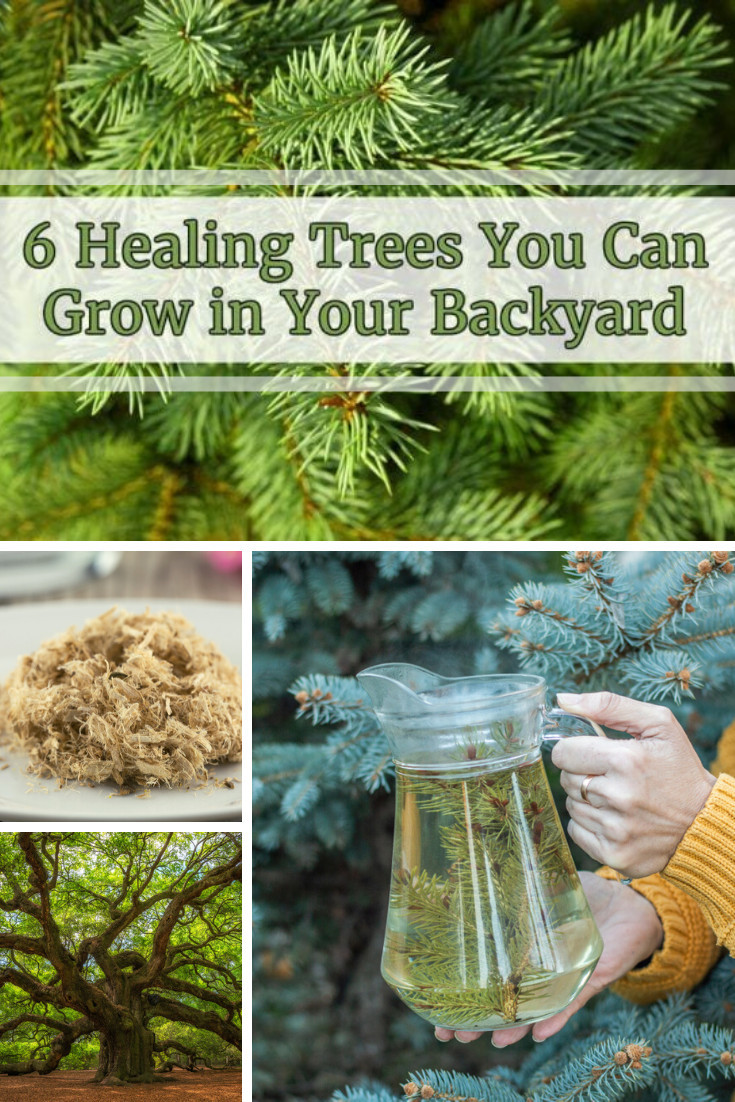
You know that growing your own food is a good thing. How about growing your own medicine using healing trees from your own backyard?
Many common trees that have medicinal properties can be grown right in your backyard.
And, surprisingly, creating a personal pharmacy by harvesting the healing bounty of Mother Nature is really no more challenging than constructing your typical garden.
In the early spring and summer months, tree leaves are useful healing agents, while the bark and twigs or the roots may be used to treat common ailments in autumn and winter.
Before going over the specific types of healing trees, there are a few things you need to know when it comes to making use of them:
- Never cut the bark off the trunk of a living tree, and take special care to avoid girdling the tree by removing the bark, which kills the tree. Instead, simply gather bark that’s found on a branch or the root of a fallen tree.
- The medicinal agents of the bark can be found in the cambium, which is the living green or green-yellow layer located just underneath the outer bark. The bark can be dried and used immediately, or saved for future use.
- To dry the bark, carefully place it down in a shady area, not allowing the strips of bark to overlap. Once it’s dried, you can use it by simmering two teaspoons per every 8 ounces of water for 20 minutes in a pot with a tight lid. Afterward, strain the bark and sip as a tea. The tea can be kept in a lidded glass jar in the refrigerator for up to one week.
- To make use of tree leaves, pick them anytime between early spring and summer solstice. To dry, tie them together and hang them in bunches from a string in a cool, shady area. The leaves are best utilized by steeping two teaspoons per 8 ounces of boiled water for about 20 minutes in a tightly lidded pot, straining and sipping as a tea.
Top 6 Healing Trees:
1. Pine trees
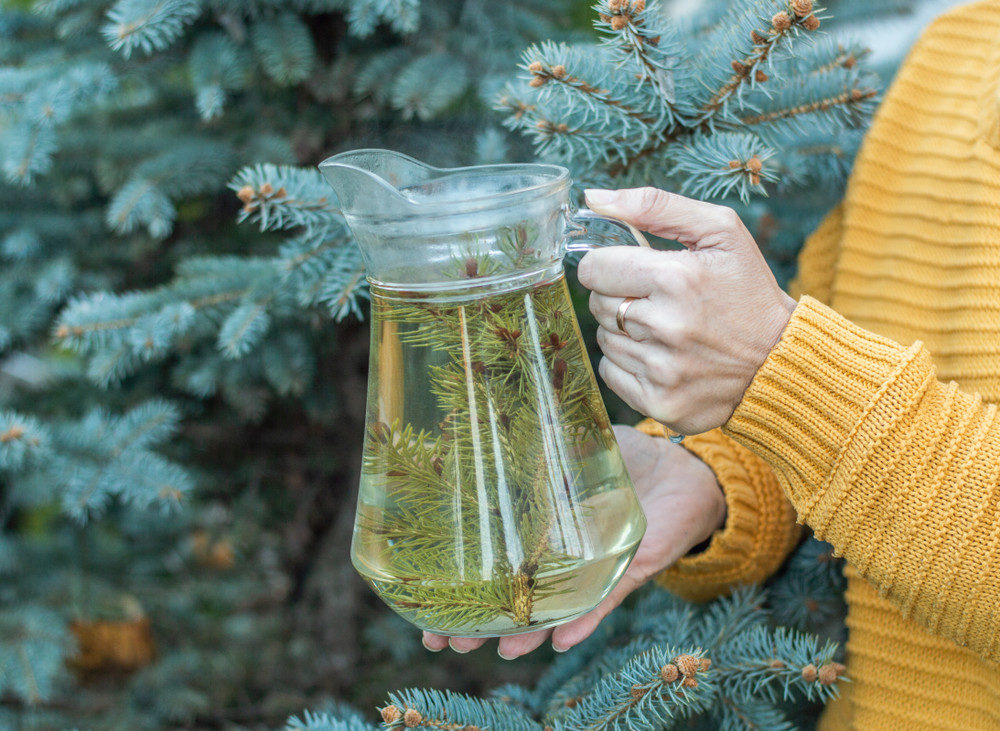
The pine tree is one of the most useful trees on Earth when it comes to survival. It not only provides shelter but medicine and food.
Many types of pine needles can make a tea that’s loaded with vitamin C. All you need to do is gather a handful of pine needles and steep them in boiling water for 5 to 10 minutes.
Don’t overdo it, as it can lessen the vitamin content.
While most pine needles can be consumed, some are poisonous, so be sure to avoid the Ponderosa Pine, AKA the Bull Pine, Blackjack Pine, and Western Yellow Pine, as well as the Yew and the Norfolk Island Pine.
Whether you consume the dried bark of a pine tree or brew up a tea from pine needles, you’ll be consuming an unusually high amount of vitamin C for any tree species.
This vitamin is an essential element of the immune system, helping to stimulate the production of white blood cells, and it also offers powerful antioxidant qualities that help prevent chronic illness and disease.
The bark and needles also contain a high level of vitamin A and a variety of carotenoids which act as antioxidants.
These compounds are particularly beneficial to the eyes, helping to prevent cataracts, improve vision strength and even slow the onset of macular degeneration.
Other beneficial properties include supporting respiratory health, protecting the body against pathogens, improving blood circulation and beautifying both the skin and hair.
You can also harvest pine nuts from the tree – all varieties are edible and especially tasty when roasted over an open fire, though some are too small to harvest. Pine nuts are rich in healthy fats and filled with antioxidants.
2. Birch trees
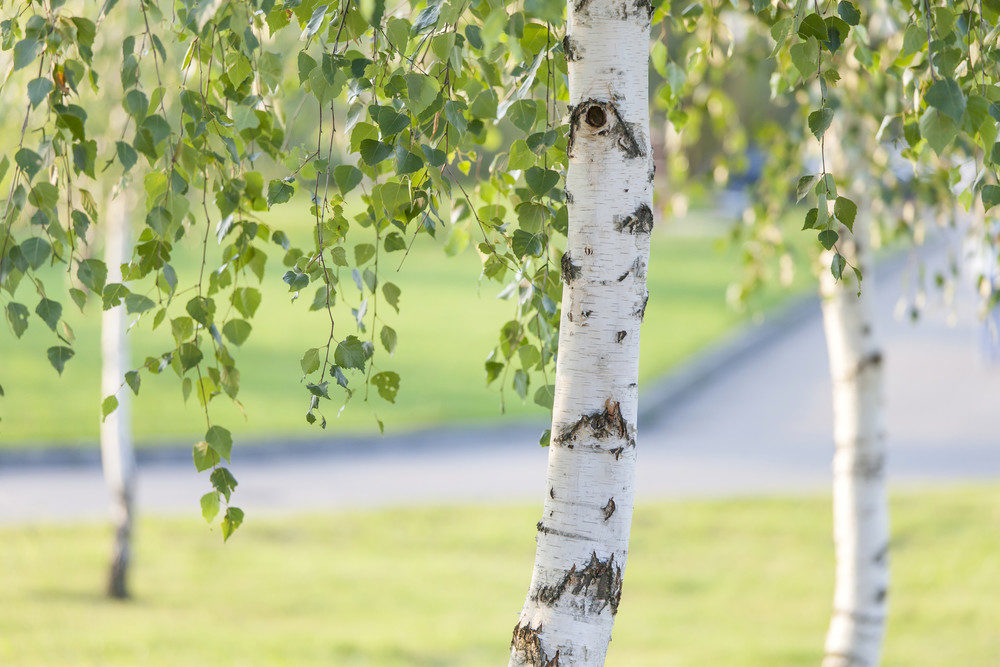
Birch trees offer more great backyard medicine. They have a thin, papery bark that peels very easily, and both the sweet and yellow types of birch trees have a pleasant wintergreen flavor.
Birch has a multitude of historical uses but many are still unaware of its undoubted medicinal properties.
Its sap makes a refreshing beverage, while the leaves produce a tasty tea and a beneficial infused oil.
Birch water has become increasingly popular as of late, a slightly sweet, thin syrup-like drink that offers lots of health benefits, loaded with vitamins, proteins, amino acids, and minerals.
The smooth, silky sap that tastes similar to maple syrup, though much lighter, has been drunk as a health tonic in places like Russia, Scandinavia, and the Baltic countries for hundreds for years for medicinal purposes as well as a nutritional supplement, due to its detoxifying, anti-inflammatory and cleansing properties.
No matter which form of bark you use, birch is a great detoxifier and tonic. It serves as a laxative helping to remove waste products.
It can relieve the pain of gout and rheumatism, reduce fluid retention and help clear up a host of skin conditions, including psoriasis, and eczema.
One study even found that a compound in birch sap known as betulinic acid offers anti-tumor properties that can help fight cancer.
Researchers from Victor Babes University of Medicine and Pharmacy in Romania tested betulinic acid against three types of human cancer cells: cervical cancer cells, breast cancer cells, and skin cancer cells.
They were able to confirm that the extract of the birch tree bark was able to halt the growth of both skin and cervical cancer cells.
3. Cedar trees
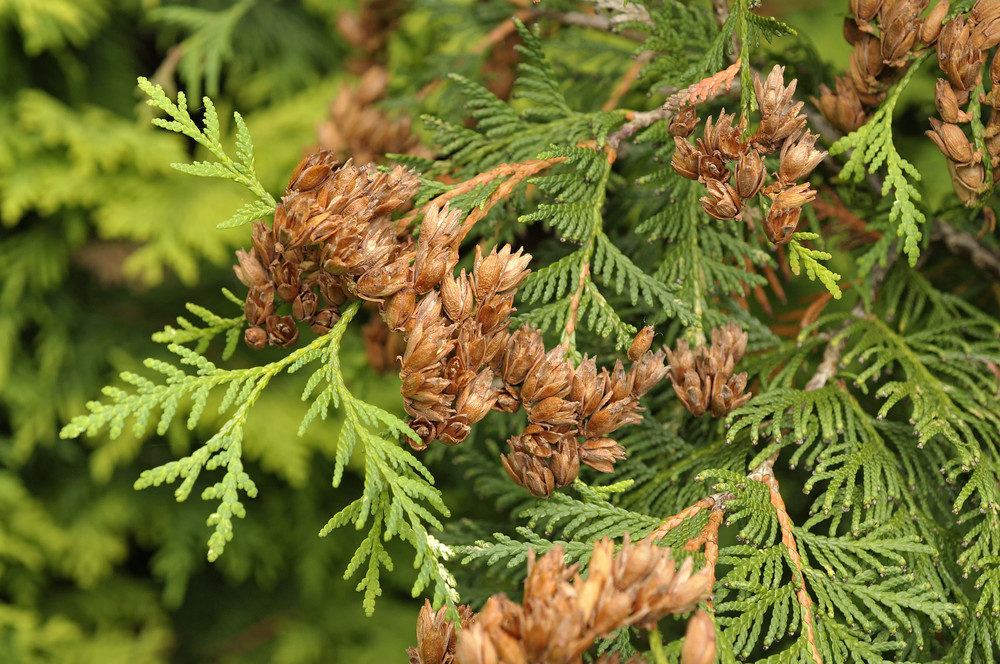
The northern white cedar tree is a powerful healing tree also referred to as the “tree of life,” a name given to it by French explorer Jacques Cartier after it saved his crew from scurvy.
As you may know, scurvy is something that develops from a lack of vitamin C, so not surprisingly the cedar contains a very high level of this essential nutrient and is especially beneficial for treating a fever, chest cold, and the flu.
Taking a cedar bath is known to be particularly helpful for addressing a cold. This is also true of sipping a tea made from its twigs and branches.
Dried and burned as an incense, cedar is said to help harmonize one’s emotions and clear the mind.
Native people use it to purify their homes, and it’s also used in sweat lodge ceremonies as a form of protection, by spreading branches across a floor, and encircling the lodge.
4. Elm trees
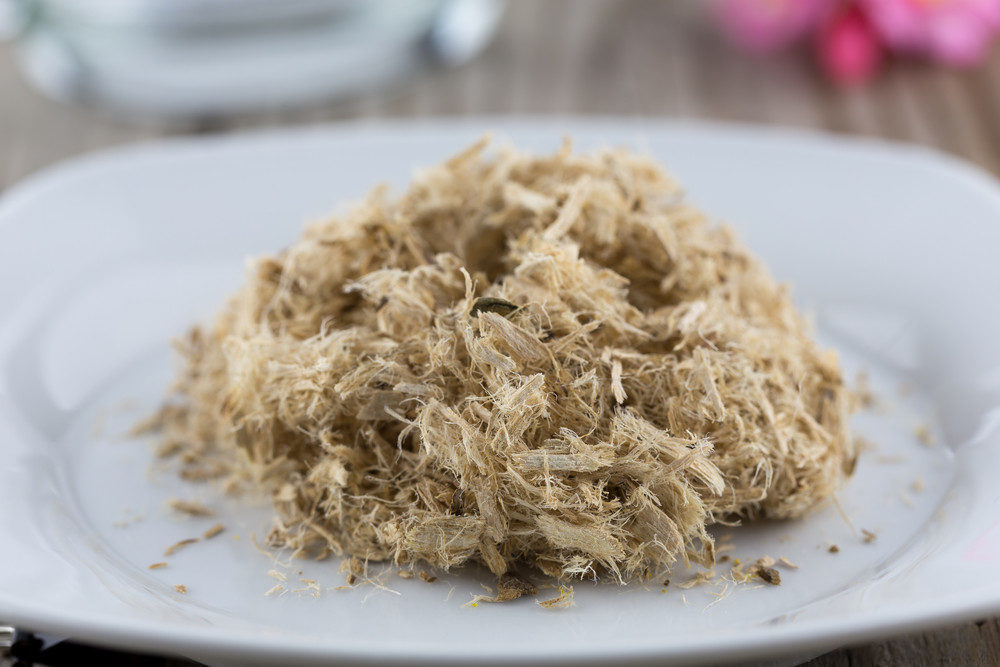
The slippery elmis utilized to make a bark salve, and poultice that can help draw out fever when placed on the abdomen and even treat gunshot wounds.
Making a tea from its bark, which is sticky and fragrant, can help speed the healing of bones, heal a sore throat, stop diarrhea and soothe other bowel issues, including colitis, duodenal ulcers, irritable bowel syndrome, heartburn, and gastritis.
The main purpose of slippery elm is that it’s particularly soothing for anything that it comes in contact with.
As the mucilage, or gummy substance that oozes from the bark when it touches water, is primarily made up of easy-to-digest complex carbohydrates.
You can even consume it as a regular part of your diet by grounding the inner bark and eating it like a porridge.
It has a taste and consistency similar to oatmeal and is quite nutritious, filled with potent antioxidants.
5. Linden trees
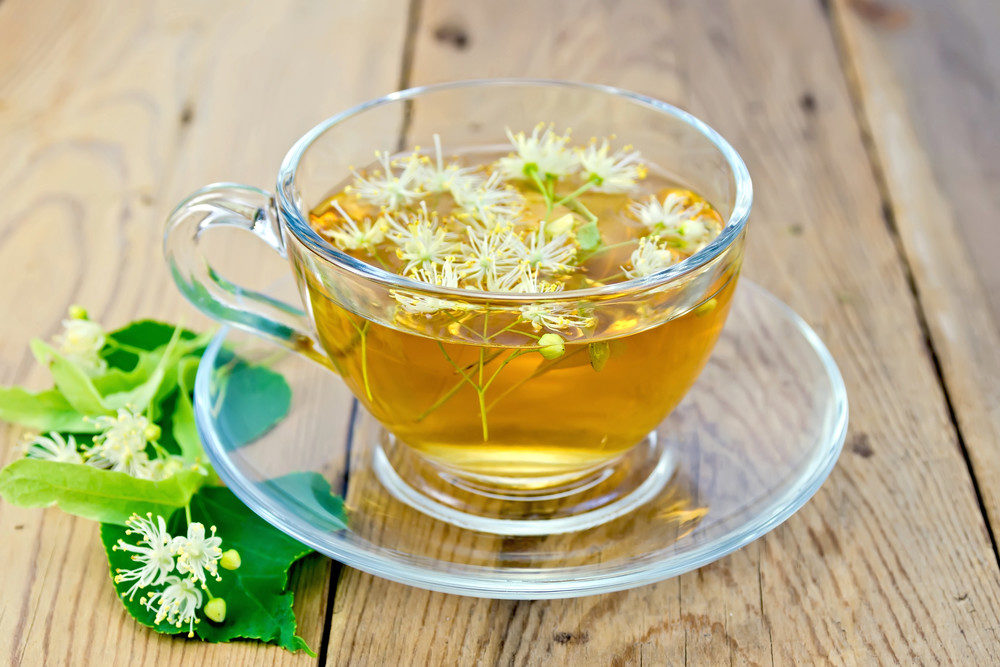
The flowers, leaves, and extract of the linden tree have been used for medicinal as well as decorative purposes for centuries.
Native Americans used the roots and bark to treat burns, and the tea for treating headaches. In addition, they used it for spasms, coughs, general pain, and epilepsy.
Its flowers are the most commonly used part of the tree. This is mainly due to the incredible potency of the linden flower tea.
This beverage considered to be extraordinarily powerful for treating a wide range of conditions. It helps to relieve a nervous headache, improve digestive woes, calm the nerves and reduce heart palpitations.
Arguably the most popular use for linden tea is for easing anxiety, as its soothing properties help to relieve mental stress and calm the nerves.
If you’re suffering from chronic stress, sipping a cup or two of linden tea each day can make a significant difference.
Linden tea also contains a number of antioxidant compounds, such as kaempferol and quercetin which help to battle free radicals and boost overall health.
It is considered to be a potent anti-inflammatory and can also be used to relieve the painful symptoms of gout and arthritis.
6. Oak trees
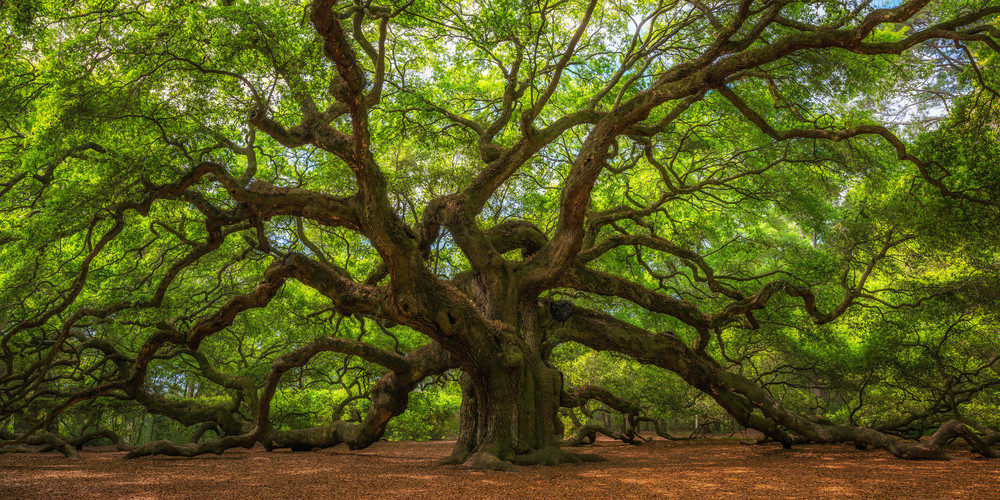
Oak trees have been used for food, medicine, ceremony and building for as long as humans have been around.
In fact, many traditions consider oak to be a sacred tree.
Native Americans have used it to treat swelling, tumors, bleeding and dysentery, while European herbalists have, and still, use it as a diuretic as well as an antidote to poisoning.
Making a tea out of the bark is especially effective for treating loose stools or diarrhea as well as treating an ulcer, or gargled to relieve a sore throat.
The dried inner bark is made into a fine powder that can be used to control a nosebleed.
Make a paste by adding a bit of water to the powder, and apply it to the skin to treat a burn, wound or poison ivy.
Pin This To Save For Later
